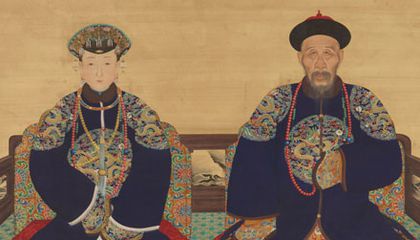
A common plot in Malay fairy tales is the story of an animal which turns out to be a cursed human prince or princess, much like the German story of the Frog Prince. In the legend of Raja Bongsu, the princess turns into a snake every night
#FairyTaleTuesday
#FairyTaleTuesday

Typical of Malay epic romances, it begins with the trope of the wandering prince, as Raja Bongsu travels disguised as a commoner. An ape leads him to a silat master who teaches him martial arts and magic (ilmu persilatan dan kesaktian)
https://twitter.com/uglyluhan/status/1344208417624211458?s=19
He goes on to learn from 7 masters before he reaches a kingdom where the beautiful princess lives in hiding because of her curse. Using his magic, Raja Bongsu breaks the curse and marries her 

To break the curse, Raja Bongsu had to stab the princess in her snake form, thereby "killing" it and leaving only her true human form. He was told that if he has the magic skill, she'd remain human. It's likely that the weapon used to stab her was a keris
https://twitter.com/uglyluhan/status/1107916920534134784?s=19
Once she became human, the princess said that the curse would return if she married a commoner. She was relieved to find that Raja Bongsu — who had been disguised as a servant — was actually prince of the Pinang Beribut kingdom
Throughout Southeast Asia, people of royal blood were believed to be inherently magical, like gods incarnate (dewaraja). It would've made perfect sense to pre-modern Malays that the curse could only be lifted if the princess marries a prince
https://twitter.com/uglyluhan/status/1129672472868007938?s=19
Correction here, the princess would turn into a snake when the sun rises, and became human when it sets
https://twitter.com/uglyluhan/status/1356515021178593280?s=19
• • •
Missing some Tweet in this thread? You can try to
force a refresh







